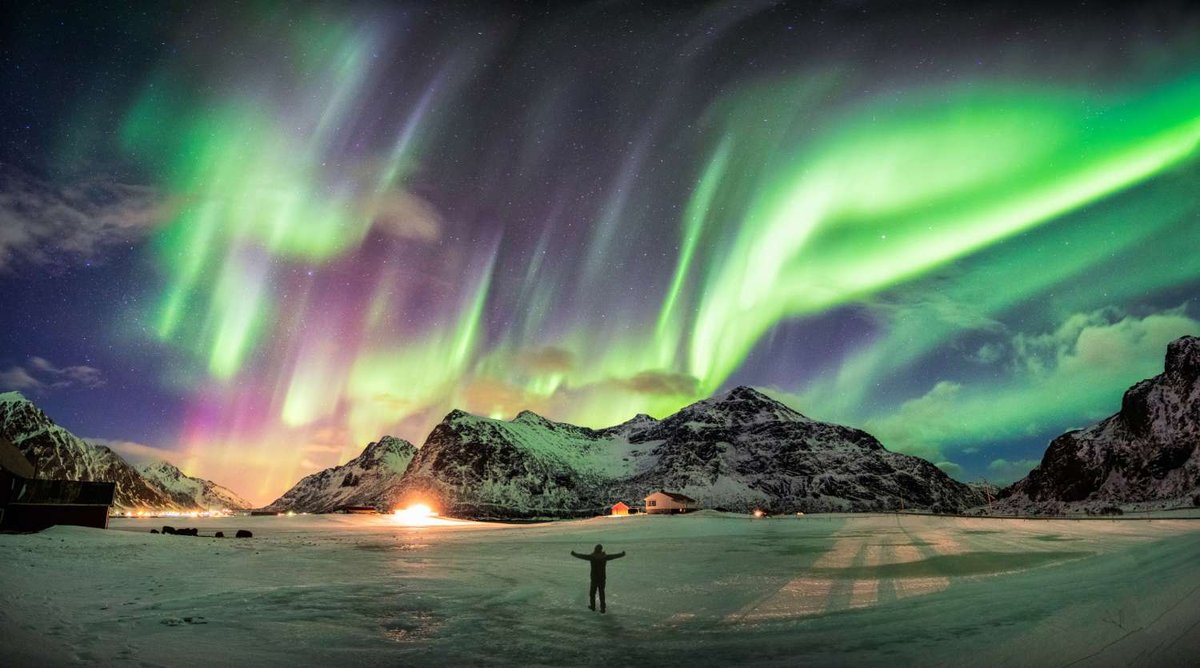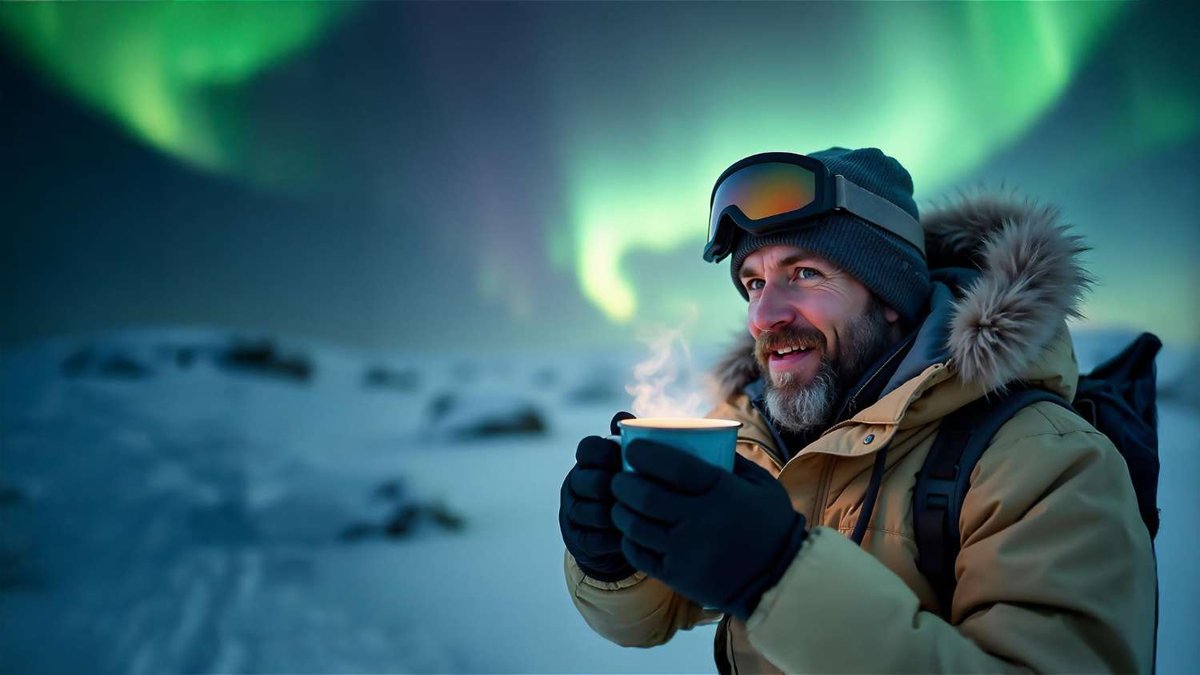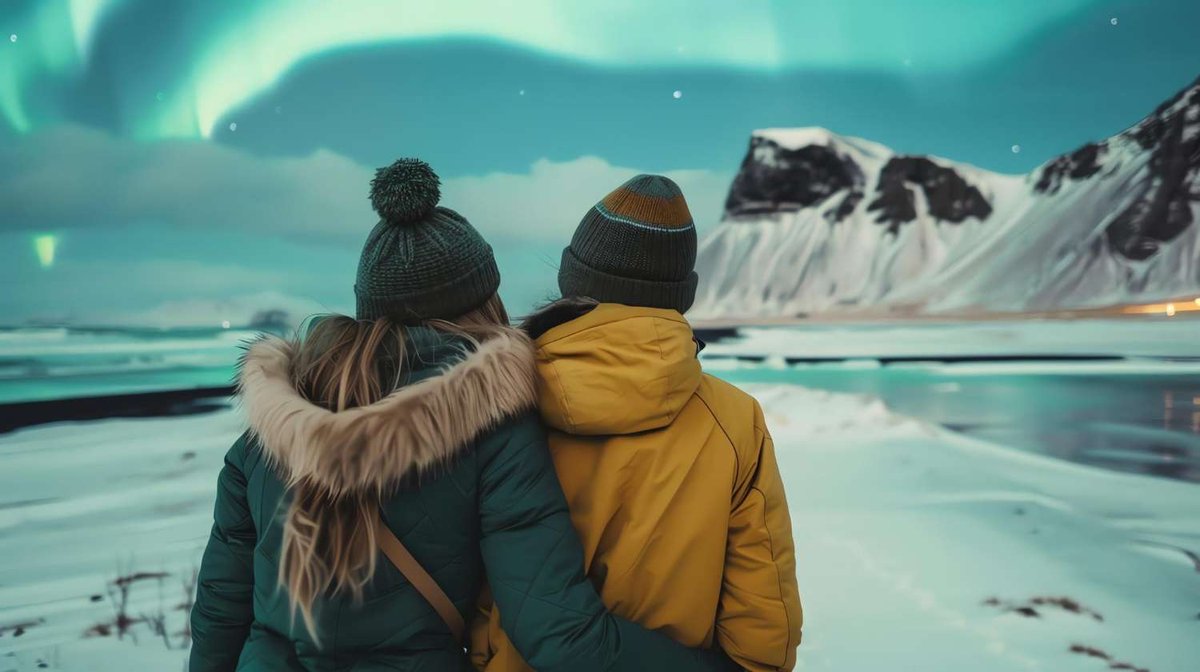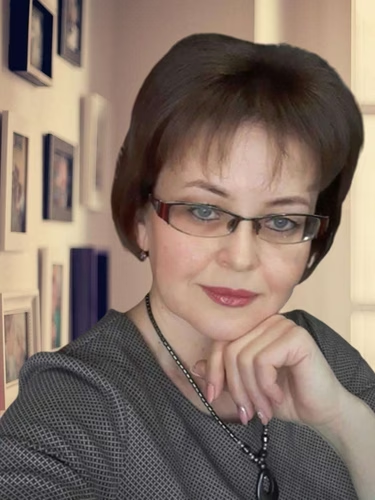🌌 Polar day vs. northern lights: where and when to go to catch Norway's most spectacular sky
Norway offers travellers two great celestial spectacles, but they occur at different times of the year: the polar day — the endless golden midnight sun from May to July — and the northern lights — a dance of charged particles from September to March.
Tourists often confuse these seasons or try to ‘kill two birds with one stone’ with a single holiday, only to end up in a ‘grey zone’ where neither the sun nor the aurora are visible. Below are ten extended FAQ answers (110–130 words each), accompanied by cross-references to at least two blog categories: ‘Weather and seasons’, ‘Northern lights and astronomy’, ‘Nature, national parks and outdoor activities’ and other useful sections.

❓10 FAQ
1. How is the polar day fundamentally different from the northern lights season, and why are they difficult to combine?
The polar day is a period when the sun does not set below the horizon for 24 hours, which means that the sky remains bright even at midnight. Such days last north of the Arctic Circle from approximately 20 May to 22 July. on the longest day, the solstice, the sun's disc describes a circle above the fjord, colouring the water with peach-coloured glints for up to four hours in a row. The northern lights, on the other hand, require true darkness, otherwise the glow of the solar wind particles is simply ‘interrupted’ by daylight. Therefore, the ‘hunting’ season shifts to the dark nights — from late September to March. In August and April, it is theoretically possible to catch both phenomena, but the chance is only 20%: cloud cover and solar activity are the deciding factors (see ‘Weather and seasons’ and ‘Northern lights and astronomy’).
2. In which regions of Norway is the polar day the longest and most spectacular?
The most accessible point is the Lofoten archipelago: the sun does not set there from around 25 May to 18 July, and the effect is enhanced by the reflection from the water.
Further north, in Tromsø and Alta, the period is extended to 20 July; the absolute record is held by the Svalbard archipelago, where the continuous day lasts from mid-April to the end of August. The Lofoten Islands are beautiful with their colourful ‘sunset without sunset’ scenes, while Tromsø offers the opportunity to take the Fjellheisen funicular and see the sun directly above the fjord. Spitsbergen is ideal for lovers of Arctic wilderness, but it is expensive and requires special insurance against bears (for more information, see ‘Nature, national parks and active recreation → Flora and fauna’; flight logistics → ‘Transport, roads, car rental’).
3. Where and when are the best conditions for viewing the Northern Lights?
The optimal ‘dark’ triangle is Tromsø–Søya–Alta. Here, clear winter ‘windows’ over the ocean intersect with the zone of maximum frequency of KP 4-5 auroras.
The best months are February and March, when the nights are still long but there are fewer storms than in January, and the snow reflects the light from below, enhancing the photos. October is also bright, if you don't mind the rain. At least 70% of trips end in a successful ‘hunt’ with three to five nights' accommodation. The weather is monitored on Yr.no, and solar activity is monitored using the Aurora Forecast app (see ‘Northern Lights and Astronomy’); for ideas on combining this with husky tours, see ‘Winter Sports’.
4. Is it realistic to ‘catch’ both the polar day and the aurora in a two-week trip?
Theoretically, yes, if you take your holiday in August/September and fly north of 69° N. From 20 August, the sun begins to set behind the horizon, giving two to three hours of ‘true night’ sky, and the KP activity index often rises after the summer minimum. However, the chances are still low due to the cloudy autumn. It is much more rational to split your trip into two and optimise each one for a specific phenomenon, while also saving money: accommodation and flights are 30% cheaper in the shoulder seasons. For calculations of the cost of two separate tours vs. a ‘combo’ tour, see ‘Planning & Budget → Expense Calculators’.
5. How much does it cost to ‘hunt’ for the polar day and the aurora, and what are the biggest budget items?
A summer tour to Lofoten (5 nights) will cost €1,100–1,400: domestic flight, car rental, rorbu cabin camping, kayaking in the midnight sun and sea fishing. A winter ‘aurora expedition’ (5 nights) in Tromsø costs €1,300–1,600: special tour guides (bus safari €150/night), warm clothing rental and an ‘aurora cryosauna’ after the midnight cold are more expensive. In both cases, transport and accommodation account for 60% of the budget. Taking a public bus instead of a car or staying in a hostel reduces the bill by €250. See ‘Prices and costs’ for monthly price dynamics and ‘Budget life hacks’ for a list of budget life hacks.

6. What clothes and equipment should you take for each of the two ‘sky’ themes?
Polar day: a base layer of 200 g/m² merino wool, a lightweight membrane jacket, SPF 50 sunscreen and a sleep mask — otherwise your body will ‘forget’ to turn off the wakefulness hormone. Hunting for the aurora: a three-layer system — HeavyMerino 260 g/m², Polartec 200 fleece and Gore-Tex 3-L. Essential items include mittens, chemical hand warmers and a tripod with a head that can withstand temperatures of -20°C. Smartphone batteries melt in the cold, so keep them in an inside pocket. Equipment checklists can be found in ‘Useful tips for travellers’, and brand reviews and Tax-Free refunds in ‘Shopping and souvenirs’.
7. How safe is it to drive in the polar night and winter during the aurora season?
In summer, the danger is ‘false alertness’: drivers lose track of time and drive on the E10 motorway until three in the morning. Keep to a strict sleep schedule and wear glasses with orange lenses to filter out the blue spectrum. In winter, the main risks are icy roads and sudden snowstorms: the roads are treated, but visibility drops to 5 metres. The Fjellet storm index is sent out via SMS alert (subscribe at vegvesen.no). Studded tyres or chains are mandatory for rental cars. Detailed rules for winter driving → ‘Transport, roads, car rental’, sleep therapy for white nights — in ‘Wellness & SPA’.
8. How can you take high-quality photos of every phenomenon without professional equipment?
The polar day requires an 8–10 stop ND filter to dim the constant daylight, or a smartphone in ‘Pro’ mode: ISO 50, shutter speed 1/4000, exposure compensation -1 EV. Golden hues are best captured between 11 p.m. and 1 a.m. For the glow, you'll need a tripod: ISO 1600-3200, aperture f/2.8, shutter speed 5-10 seconds, focus on a bright star. Set your smartphone to Night mode and focus manually to infinity. Use the Aurora Alerts NZ app for advance notification. For an advanced guide to night photography, see Northern Lights and Astronomy, and for tips on renting ND filters and tripods, see City Guides (photo shop section).
9. How do polar days and polar nights affect health and well-being?
During a polar day, the main problem is disruption of circadian rhythms: insomnia and mild euphoria may occur, followed by chronic fatigue. During the polar night, the opposite occurs: a lack of light reduces serotonin levels, which can lead to apathy and ‘aurora jet lag.’ Solutions: a sleep mask, warm 2700 K LED lamps in your sleeping quarters, 1 mg of melatonin one hour before bedtime (available without a prescription). In winter, try morning ‘light therapy’ with a 10,000 Lux lamp and active movement. For a more in-depth medical analysis, see Medicine & Insurance, and for psychological life hacks for adaptation, see Wellness & SPA.
10. What to do if the forecast is wrong and there is no sun or glow in sight?
If it is cloudy at midnight, go on a sea safari: the reflected light will give you ‘silver’ pictures of icebergs and bird markets. If you miss out on the northern lights, switch to a cultural programme: visit the Polaria and Fram museums dedicated to polar explorers, go husky sledding in the snow, or take a dip in the SENJA SPA northern bath. Always have a plan B — a list of indoor activities: we have organised them into ‘Culture, history and traditions → Museums, stavkirke’ and the ‘Nightlife’ section (Tromsø observatory bars).

Choosing between the polar day and the northern lights is not a question of which is better, but a matter of personal preference: if you want to bathe in golden light and sleep whenever you want, fly at the end of June; if you dream of green arches in a starry canopy, book your trip for February. Both seasons require preparation, but they give back a hundredfold: the polar sun gives you a feeling of endless days, and the aurora makes you believe that the cosmos is breathing right next to you. Use our season maps, budget calculators and equipment checklists, bookmark the blog sections, and your sky over Norway will surely open up at the right moment.





1 comment
Log in to leave a comment